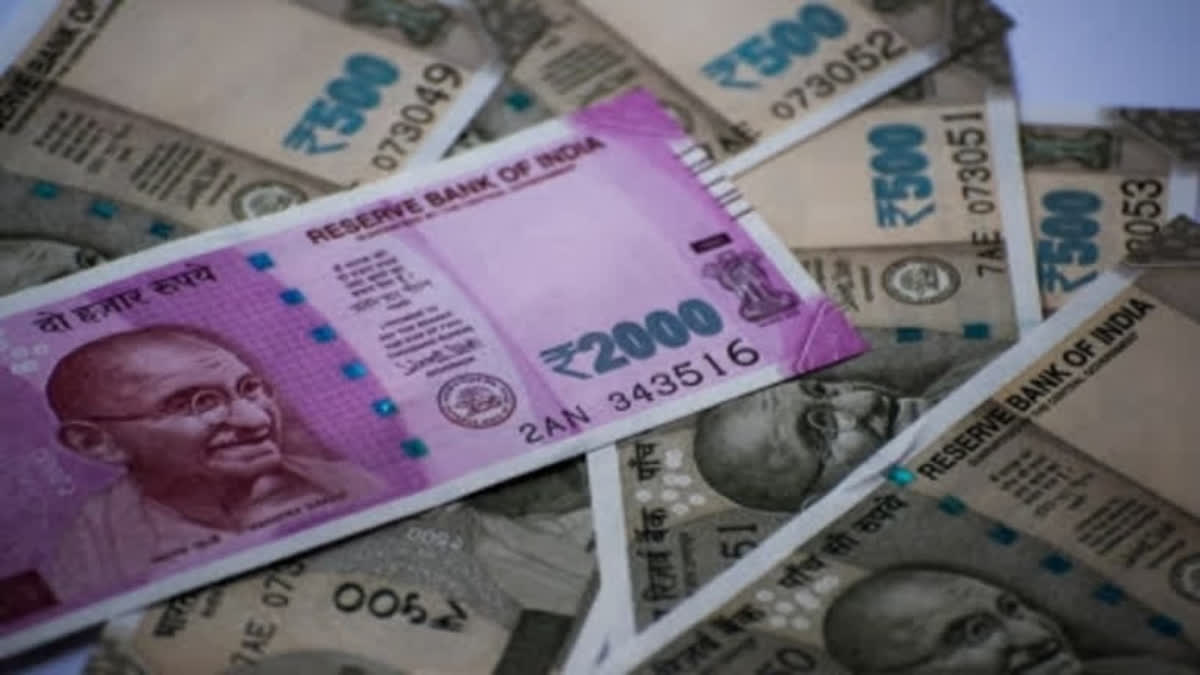New Delhi: An analysis of data gathered by the Reserve Bank of India (RBI) and the Department for Promotion of Industry and Internal Trade (DPIIT) shows that the Indian economy is on the verge of a new private capital expenditure cycle that affirms the confidence of private businesses and investors in the resilience of the country’s economy.
While the Industrial Entrepreneur's Memorandum (IEM) is collected by the DPIIT under the Ministry of Commerce and Industries, the Reserve Bank of India releases the Business Expectation Index (BEI). An analysis of these two data sets for a period of 2005 to 2022 by the India Ratings and Research shows that the private capital expenditure, the investment by the private sector in setting up new factories or expanding the production of existing factories, will touch a decade’s high.
The Business Expectation Index (BEI) is published by the RBI in its Industrial Outlook Survey of Indian Corporates. The trend of increasing private capital expenditure was also evident from a recent Reserve Bank study on project finance lending. The RBI study indicates that private sector capital expenditure approvals could touch a record high of a decade in the current financial year that ends in March 2024.
There is a steady growth in project approvals across all ticket sizes, there could be a significant push from large projects (above Rs 10 billion) in the current cycle. The investment outlook of private corporations, as reflected in terms of the total number of projects as well as the total project cost, which got sanctioned by banks and financial institutions, continued to show improvement during 2022-23.
It showed that about 547 projects got assistance from banks and FIs during 2022-23 with a record-high total project cost of Rs 2.66 trillion, compared to 401 projects having a total project cost of Rs 1.42 trillion during 2021-22.
UP, Gujarat, Maharashtra top in private capex
The data showed that India’s most populous state Uttar Pradesh which accounted for just 4.4 percent share in private capex during 2013-14 to 2020-21 period was the biggest beneficiary of the spike in private capital expenditure during 2022-23 as it accounted for over 16 percent share. In 2022-23, Uttar Pradesh was followed by Gujarat with 14 percent share and Odisha was at the third place with 11.8% share.
However, on the other hand, the share of Maharashtra in private capital expenditure declined from a high of 13 percent during FY 2013-14 to FY 2020-21 to just 7.9 percent in the last financial year, bringing it down from the top position among states to the fourth position during the last year.
Last year, Maharashtra was followed by Karnataka with 7.3 percent share in private sector capital expenditure. These states are followed by multi-state projects that received 5.5 percent share in private capital expenditure last fiscal.
Big push in renewable energy, transport sectors
While India’s push for roads and renewable energy will continue to dominate the country’s investment cycle, recent expansions announced in a diverse range of industries, including railways and electronics, suggest a more ambitious shift away from modular capital expenditure.
For example, sectors such as crude oil, base metals, power, and telecom continue to dominate the capital expenditure of the private sector. Moreover, broad basing is also visible with an increase in capital expenditure activity across cement, chemicals, healthcare and logistics sectors. Secondly, the textile sector also recorded significantly higher investments during the last financial year but it could register a tepid growth in the current financial year.
Swift economic recovery post-Covid
The Business Expectation Index data gathered by the RBI remained flat and below 115 during 2013-2020 and the same was the case with IEM data gathered by the DPIIT. During this period, IEM fluctuated in the range of Rs 3.11 trillion to Rs 6.79 trillion. However, the situation seems to have changed dramatically during the post-Covid-19 recovery period of 2021 and 2022.
For example, the Business Expectation Index recovered sharply to 126.2 in 2021 and to the highest level ever of 136.1 in 2022. This is also got reflected in Industrial Entrepreneur’s Memorandum rising to Rs 7.71 trillion in 2021 from Rs 4.15 trillion in 2020. However, there was only a marginal improvement in the Industrial Entrepreneur’s Memorandum at Rs 4.24 trillion only.
The Russia-Ukraine war impacted business sentiment
In the opinion of economists at India Ratings and Research (a Fitch group sovereign rating agency), Industrial Entrepreneur’s Memorandum amount in 2022 would have been much higher but it remained virtually flat due to the Russia-Ukraine war which started in February last year.
Due to the war, both the global and domestic economic environment deteriorated and many of the investment proposals were put on hold. The fact that despite the Russia-Ukraine conflict, the Business Expectation Index (BEI) was 126.4 during April-June 2023 this year suggests business sentiments are still bullish.
Economists at India Ratings believe that if the BEI remains at 120 or above for a few more quarters along with no further deterioration in the global geopolitical situation, then private investment proposals and filing of Industrial Entrepreneur’s Memorandum (IEM) could rise significantly, leading to the beginning of a new private capital expenditure cycle.
India Ratings said another development that is pointing towards the likelihood of a new private capex cycle is the significantly high implementation of IEM proposals from FY 2017-18.
“Even more heartening is the fact that this pace did not drop during the COVID-19 impacted years of 2020 and 2021. It seems the government’s efforts towards removing policy hurdles and focus on capex execution are finally paying off,” the agency said in a statement sent to ETV Bharat.



